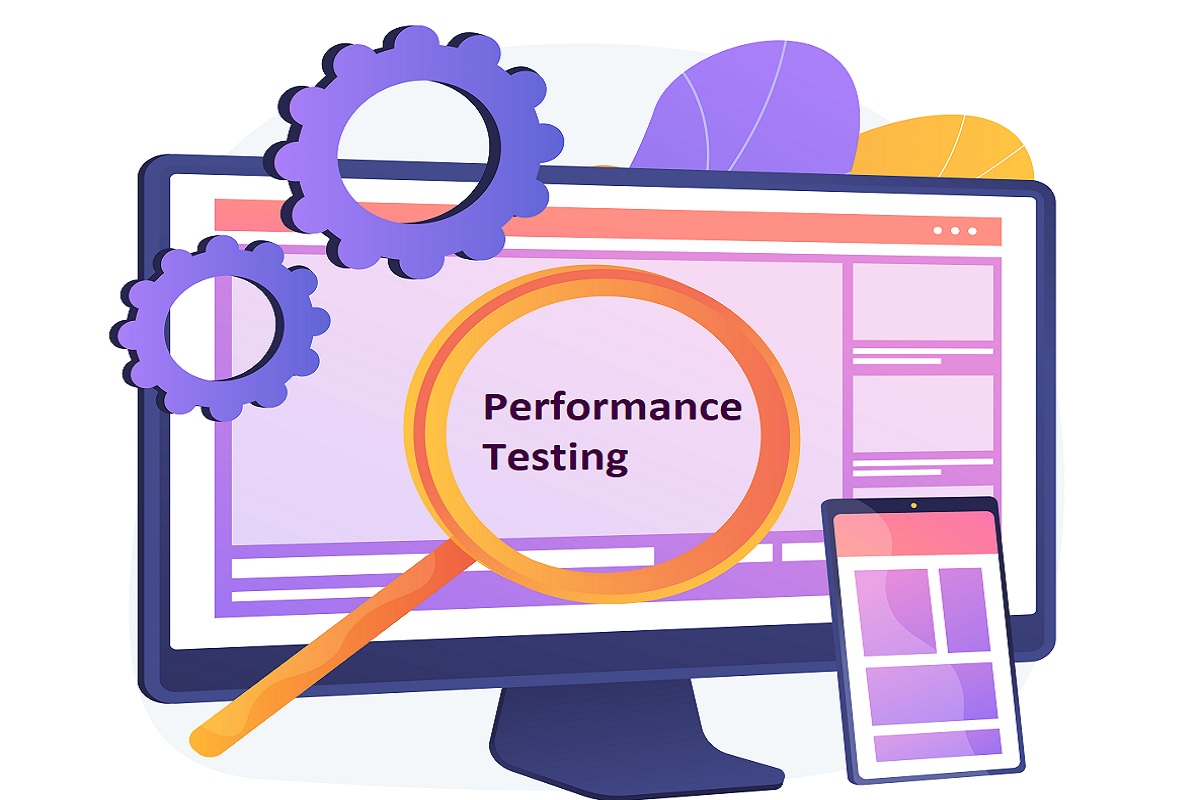Types of Performance Testing – Complete Guide
Performance testing is an essential part of software development that helps ensure that a system can handle the expected load and performance requirements. It involves measuring and evaluating the performance of a system under various conditions to determine its speed, scalability, stability, and responsiveness.
There are several types of performance testing that can be performed to evaluate different aspects of a system’s performance. These tests are designed to simulate real-world scenarios and identify potential bottlenecks, performance issues, and areas for optimization.
In this article, we will explore the different types of performance testing. We will discuss the purpose of each test, how it is conducted, and the benefits of using it in software development services. By understanding the various types of performance testing, software developers and testers can ensure that their systems are optimized for performance and can meet the demands of their users.
Different Types of Performance Testing
Following are the different performance types for gauging web application speed and load stress tolerance.
1. Stress Testing
Stress testing assesses a program’s robustness by testing software beyond the parameters of regular operations. All forms of software undergo stress testing to find the maximum load the system can support, which can be disclosed by this test.
Stress testing typically uses an incremental method where the load is raised gradually. The application has already been tested for the load used to start the test. The system is then put under stress by incrementally adding an increasing load. The breaking point is when servers stop responding to requests or when we start seeing that.
2. Load Testing
Load testing is a sort of software testing that assesses how well a system, software program, or application software performs under load situations that are representative of real-world use. It is seeing how a system responds to simultaneous access from many users.
3. Spike Testing
This stress test involves a rapid and repetitive increase in loads test. Spike testing’s objective is to ascertain how a software program responds to abrupt changes in traffic.
4. Volume Testing
Volume testing ensures that the amount of data the application handles does not impact its performance. To run a Volume Test, a significant amount of data is entered into the database. This test may be gradual or constant.
5. Scalability Testing
It is a non-functional testing technique that gauges how well a system or network performs as the volume of user requests increases or decreases. It checks that the system can handle anticipated increases in user traffic, data volume, transaction counts, etc.
6. Endurance Testing
The main goal of endurance testing is to ensure the application can manage the increased load without experiencing any degradation in reaction time.
This testing is carried out in the final phase of the performance run cycle. The procedure of endurance testing can take weeks, months, or even a year. This can entail adding external pressures like user activities or Internet traffic.
Conclusion:
Performance testing services are important for software development that helps ensure that a system can handle the expected load and performance requirements. By incorporating performance testing into the development process, software teams can create high-performance systems that meet user expectations and provide a positive user experience.







